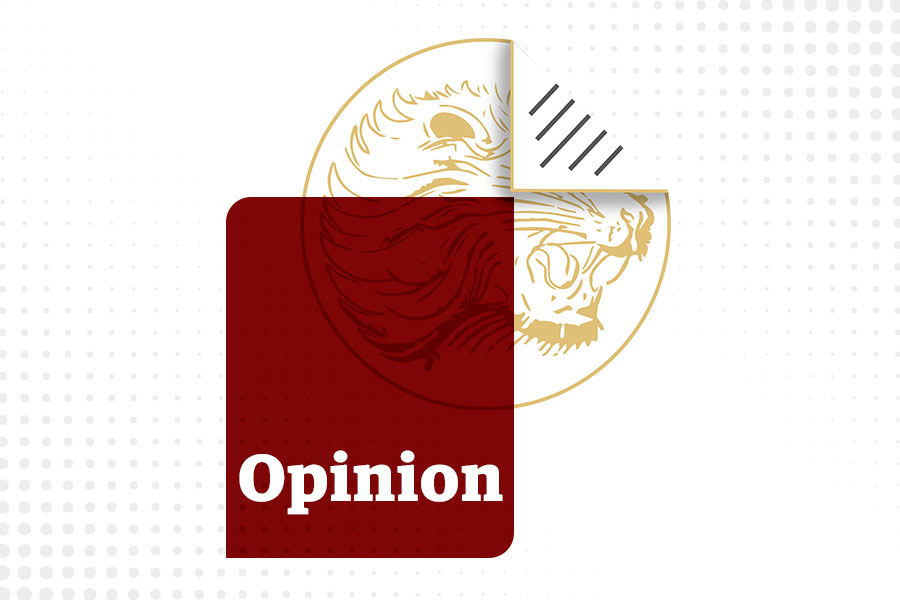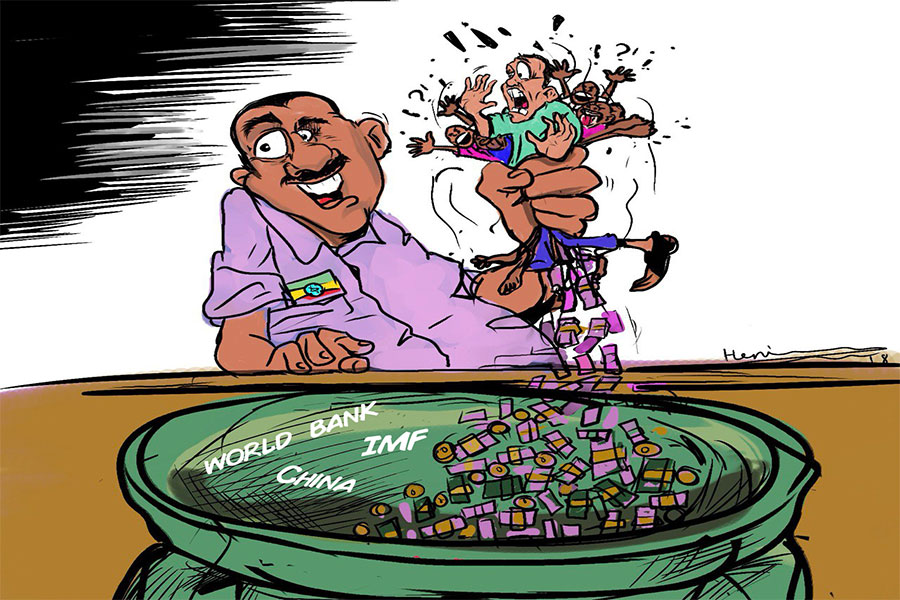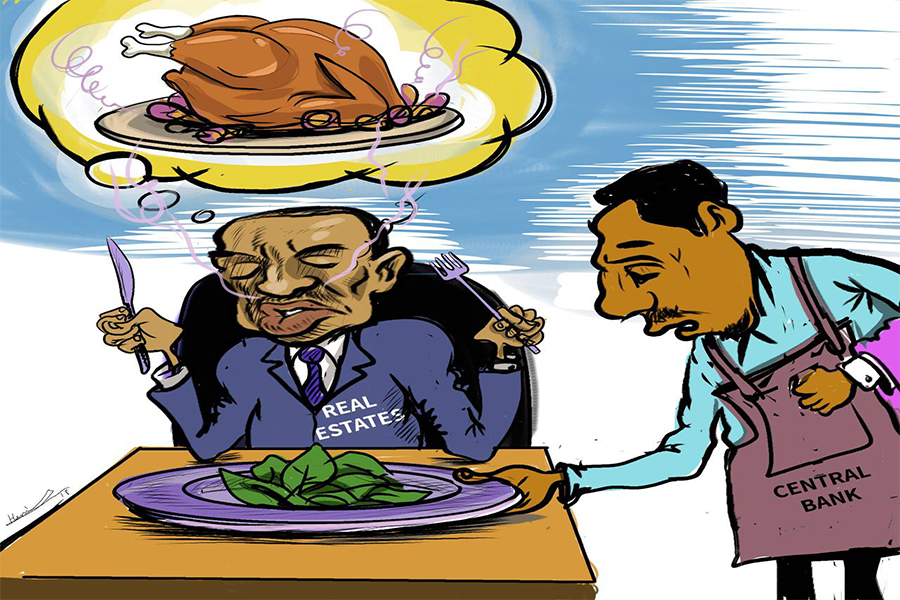
Photo Gallery | 176787 Views | May 06,2019
Jul 27 , 2025.
This week marks the first anniversary of a daring departure from nearly five decades of tightly managed monetary policy. Since the administration of Prime Minister Abiy Ahmed (PhD) opted to liberalise the foreign exchange regime in August 2024, the Birr (Brewed Buck) has lost 147.5pc of its value against the Green Buck.
Despite the magnitude of the shift, the market rarely surprises, though.
For months since the Birr was floated this time last year, the daily deck of cash quotes followed a neat script. The state-owned Commercial Bank of Ethiopia (CBE) is at the low end, OromiaBank is at the high end, and everyone else falls in between.
That routine cracked last week.
From Monday,July21, through Saturday,July26, the National Bank of Ethiopia (NBE) left the sidelines and became the market’s most aggressive dealer. On July26, it posted a buying rate of 138.61Br to the dollar and a selling rate of 138.72 Br. The waferthin 0.08pc spread is a level seldom seen even among commercial banks, let alone a regulator whose normal task is to calm trading, not outbid it.
Those quotes every day above the week’s averages of 135.18Br on the buy side and 137.89 Br on the sell. However, the averages disguised the shakeup inside treasuries.
OromiaBank, long the “highbid beacon,” paid 137.84Br on Saturday, up a modest 0.25Br for the week but now 0.21Br short of the Central Bank. Dealers who treated Oromia Bank as the ceiling suddenly had to redraw their charts.
The floor moved too after the CBE, which had parked near 131.48Br for months, lifted its buy rate to 134.44 Br, a 2.96Br jump. Even so, it was edged out for the cheapest bidder by BerhanBank’s 132.46Br.
For a lender that usually hugs the median, Berhan’s dip was striking. Market watchers saw thin foreigncurrency reserves; others suspect a deliberate bet that depreciation will slow.
On July26, the Central Bank also published a weightedaverage rate of 138.6Br, reinforcing its message. While the bank offered no statement, market watchers read the move as an attempt to raise the clearing level for everyone else.
Most lenders crept past the psychological 135Br mark by midweek. Two names, Dashen Bank and Cooperative Bank of Oromia (Coop Bank), stayed a few cents under, a posturing market analysts attribute to tight risk caps and a preference to meet corporate demand with letters of credit rather than cash.
Three actors thus shaped the narrative. The Central Bank’s razorthin spread, down from 0.68pc on July21, challenged orthodox centralbank behaviour. CBE’s upward surge, still below the mean, revealed pressure to appear competitive as private rivals chased dollars. Berhan Bank’s slide below 133 Br, well outside the week’s interquartile range, invited talk of hoarding hard currency ahead of leaner days.
Behind the tactics lies a broader macro story. Since January, the official rate has weakened by about 10pc, while the gap with the street price, once close to 100pc, now sits in the low30s. AddisAbeba’s program with the International Monetary Fund (IMF) urges a narrower gap between official and parallel rates. By posting the top bid, Governor Mamo Mehiretu and his policy wizards may be testing a new playbook that blends managed float with a visible hand.
The move also raised practical worries. Commercial banks rely on predictable centralbank conduct to hedge positions; a regulator that competes on price could blur the line between policy and profit. Market watchers wonder how long the Central Bank can maintain its spread at eight-hundredths of a percent without the rationing supply or reversing course.
Liquidity offers clues. July is a heavy import month, with fuel, wheat, and machinery clearing ports. The squeeze could explain why even CBE, armed with a vast branch network, lifted its rate.
Nonetheless, the market is not oneway. Summer holidays swell diaspora remittances, giving some private banks room to resist higher quotes.
Whether last week marks a lasting turn or a summer ripple is unclear. If reserves recover or import demand eases, the Central Bank may retreat and let commercial banks reset the range. If not, the market may be inching toward a looser, though still managed, float.
For now, the BrewedBuck no longer sails between the familiar buoys of CBE and OromiaBank. The helm appears in the regulator’s hands, and the course ahead looks anything but routine.
PUBLISHED ON
Jul 27,2025 [ VOL
26 , NO
1317]

Photo Gallery | 176787 Views | May 06,2019

Photo Gallery | 167000 Views | Apr 26,2019

Photo Gallery | 157552 Views | Oct 06,2021

My Opinion | 136934 Views | Aug 14,2021

Oct 18 , 2025
The political establishment, notably the ruling party and its top brass, has become p...

Oct 11 , 2025
Ladislas Farago, a roving Associated Press (AP) correspondent, arrived in Ethiopia in...

Oct 4 , 2025
Eyob Tekalegn (PhD) had been in the Governor's chair for only weeks when, on Septembe...

Sep 27 , 2025
Four years into an experiment with “shock therapy” in education, the national moo...